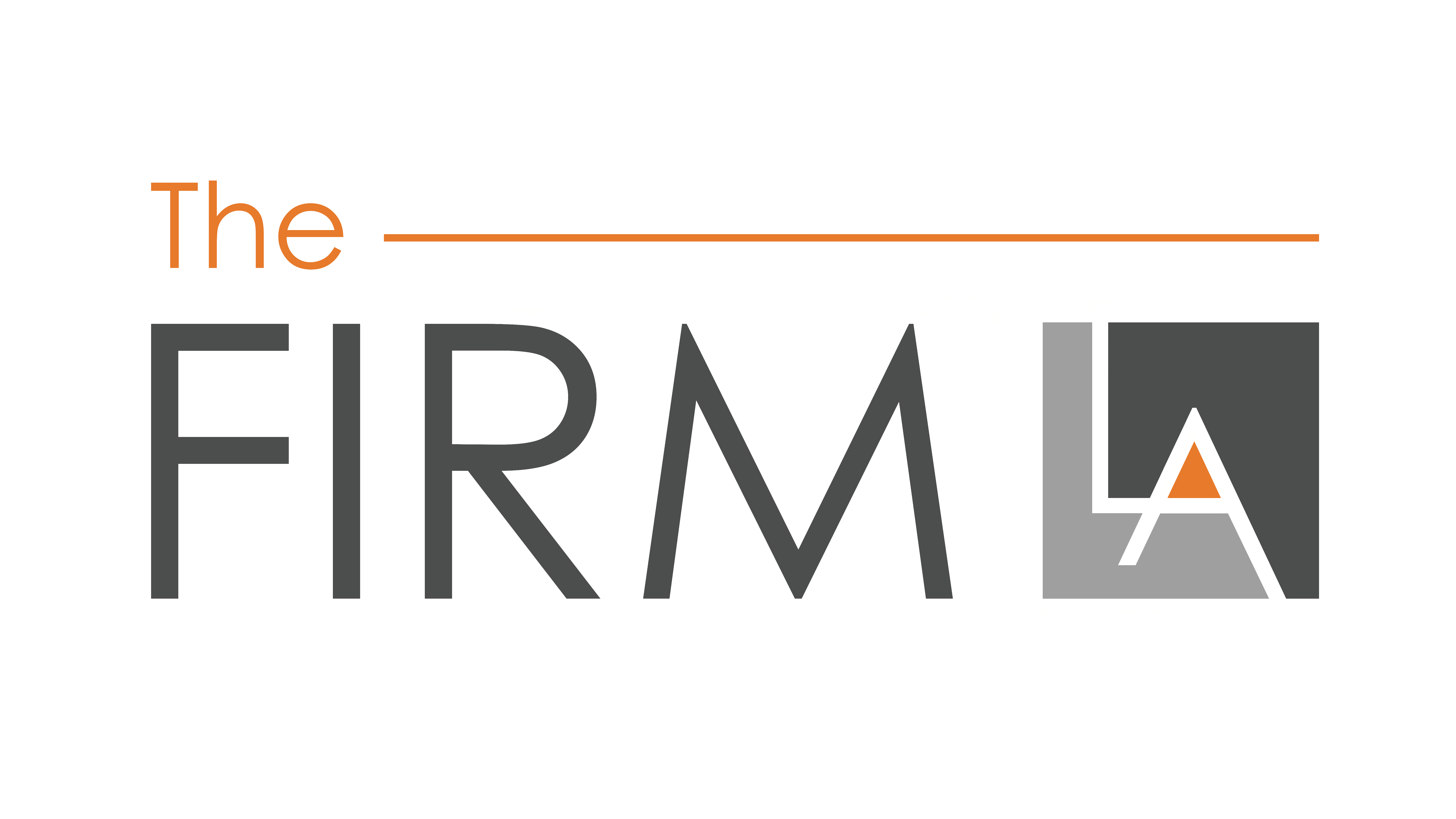OUR PRACTICE AREASPRODUCT DEFECTS
PRODUCT DEFECTSDEFECTIVE PRODUCTS CASES
Consumers have the right to expect a reasonable level of safety and performance out of any product. As such, if damage to personal property or an injury results from the careful and proper use of a product, it may be that the manufacturer, distributor, or even retailer who supplied the product is responsible for the damage caused.
We handle cases involving the following:
• Manufacturing defects
• Design defects
• Lack of warnings / instructions
LACK OFADEQUATE INSTRUCTIONS OR WARNING LABELS
Many products can be potentially harmful if not used correctly. Therefore, it is the duty of the manufacturer to supply each buyer with the information they need to shield themselves from injury by incorrectly using the item. For these claims to apply, the product must be dangerous in a way a reasonable person would not detect. Injuries or damages must also directly result from the preventable misuse of the product due to a lack of sufficient information.
This means if a product is missing instruction or warning labels but no injury or damage occurs, compensation may not be sought. It might be possible, however, to inform the company of the defect, thereby preventing future users from sustaining an injury.
We can investigate your incident to determine what third parties were instrumental in causing your injuries through their negligence.
DESIGNDESIGN DEFECTS
A design defect claim is less common, but more far-reaching than a manufacturing defect claim. Defectively designed products are flawed from their inception, which means multiple items on the market could pose a danger to buyers. It also means there is a wider variety of parties who may be responsible for any damage caused.
For example, design professionals, product testers, and the company who commissioned the creation of the product may each be held accountable for a product with a dangerous design. These suits are usually levied against defendants by multiple claimants or affected individuals, often resulting in both a recall and financial restitution. Two examples of this type of defect include a car prone to rolling over or an electric blanket that shorts out, resulting in electrical shock or burns.
CLAIMSESTABLISHING A CLAIM
In order to establish a claim, you must show that:
• You suffered losses or injury. As previously mentioned, there must have been injury or damage sustained for a claim to be liable. The potential for injury will not bring sufficient cause for a settlement, and therefore is not enough to levy a claim.
• A defect was the cause. If an injury or damage occurred, the defect or failure to provide proper instruction must have been the direct cause.
• The product was being correctly used. It must also be established that, at the time an injury or damage occurred, the product was being used exactly as specified. Failure to use a product as directed always carries the risk of sustaining an injury, which makes proving fault on the part of the product a very difficult task. For this reason, it is important to make sure you can establish the injury was not a result of user error.
DO YOU HAVE A CASE?COMPLIMENTARY CONSULTATION
There are many different types of injuries that can be sustained from using a defective product, with the severity ranging from mild to severe. If you or someone you know has experienced an injury while properly using a defective product, contact The FIRM LA.
